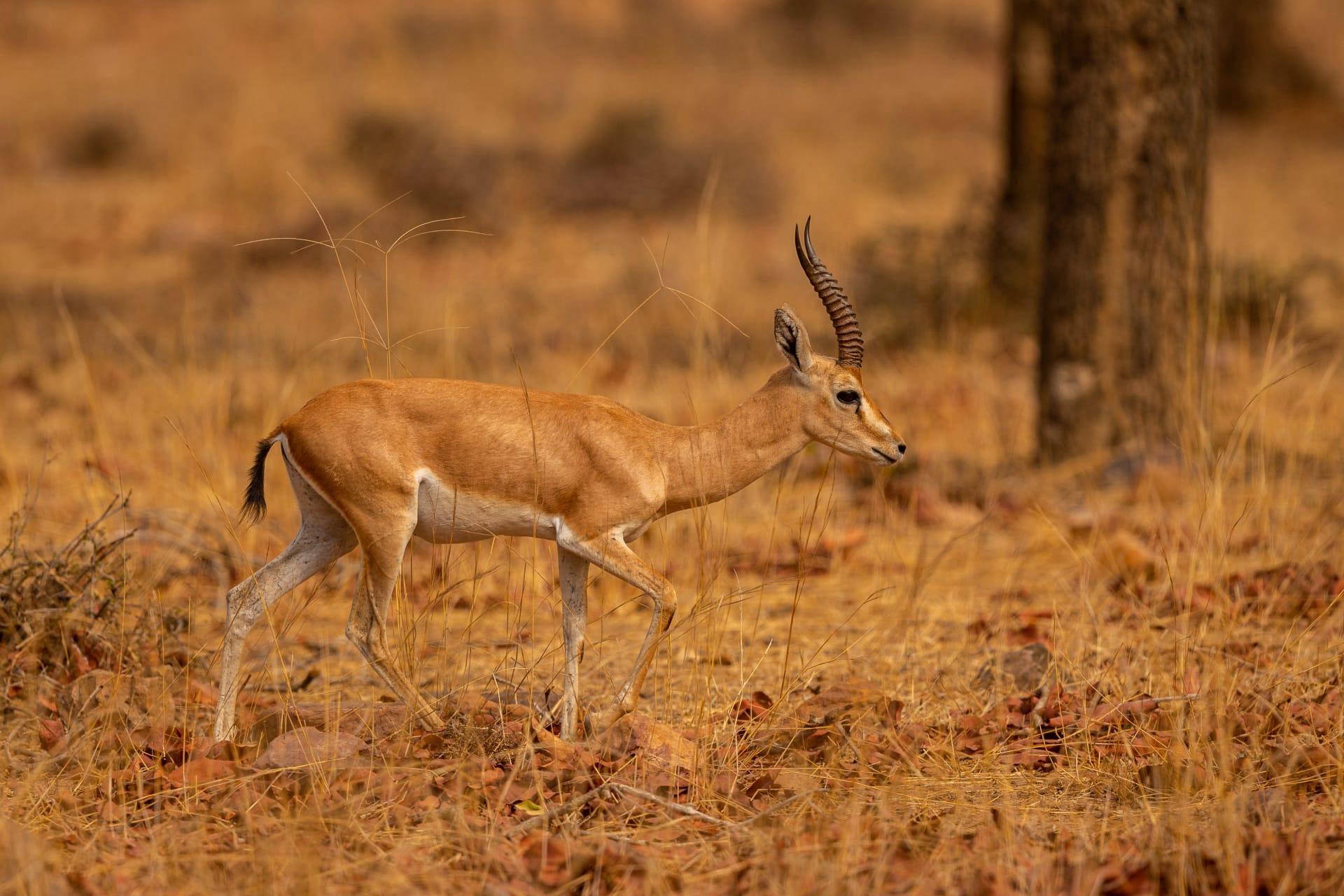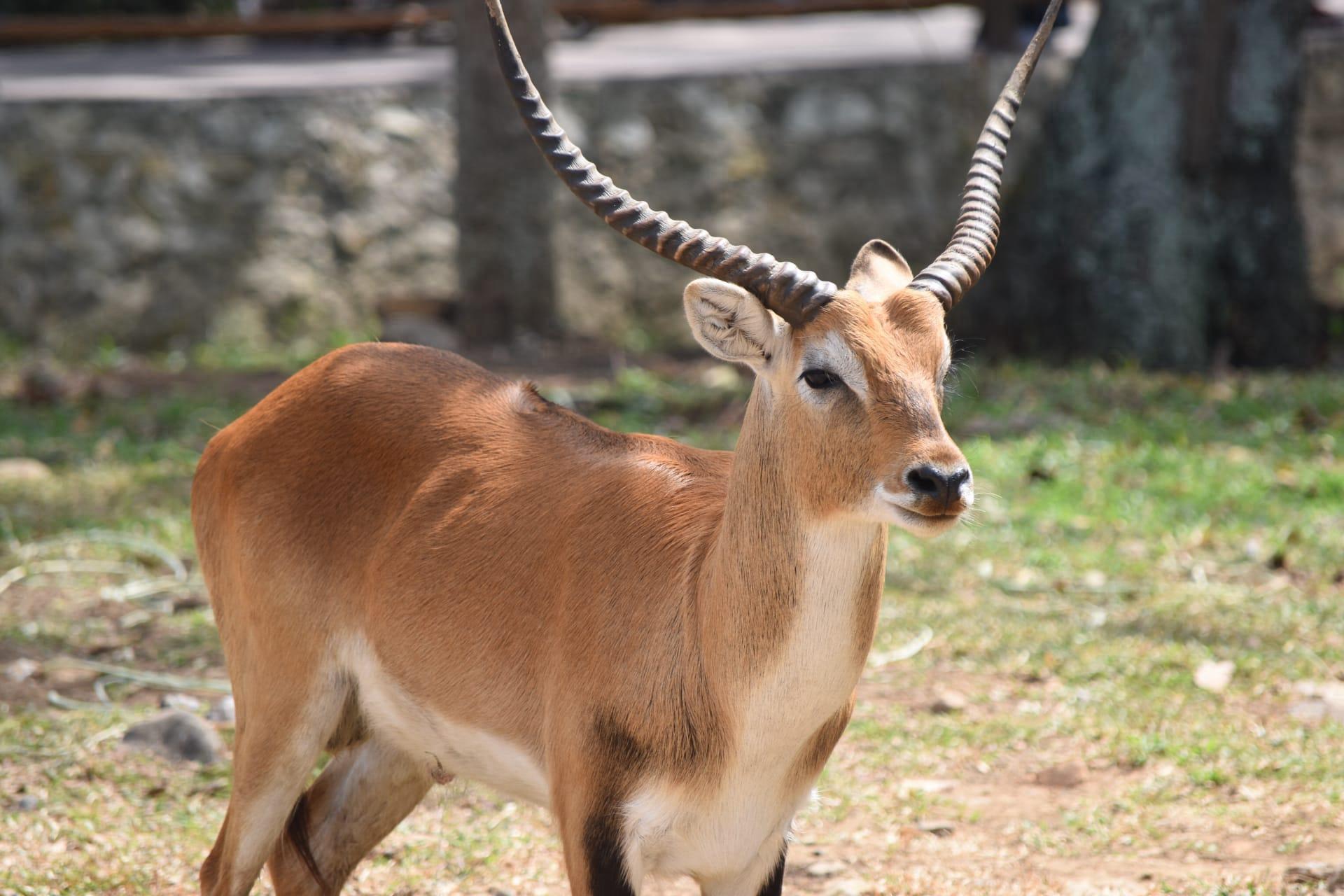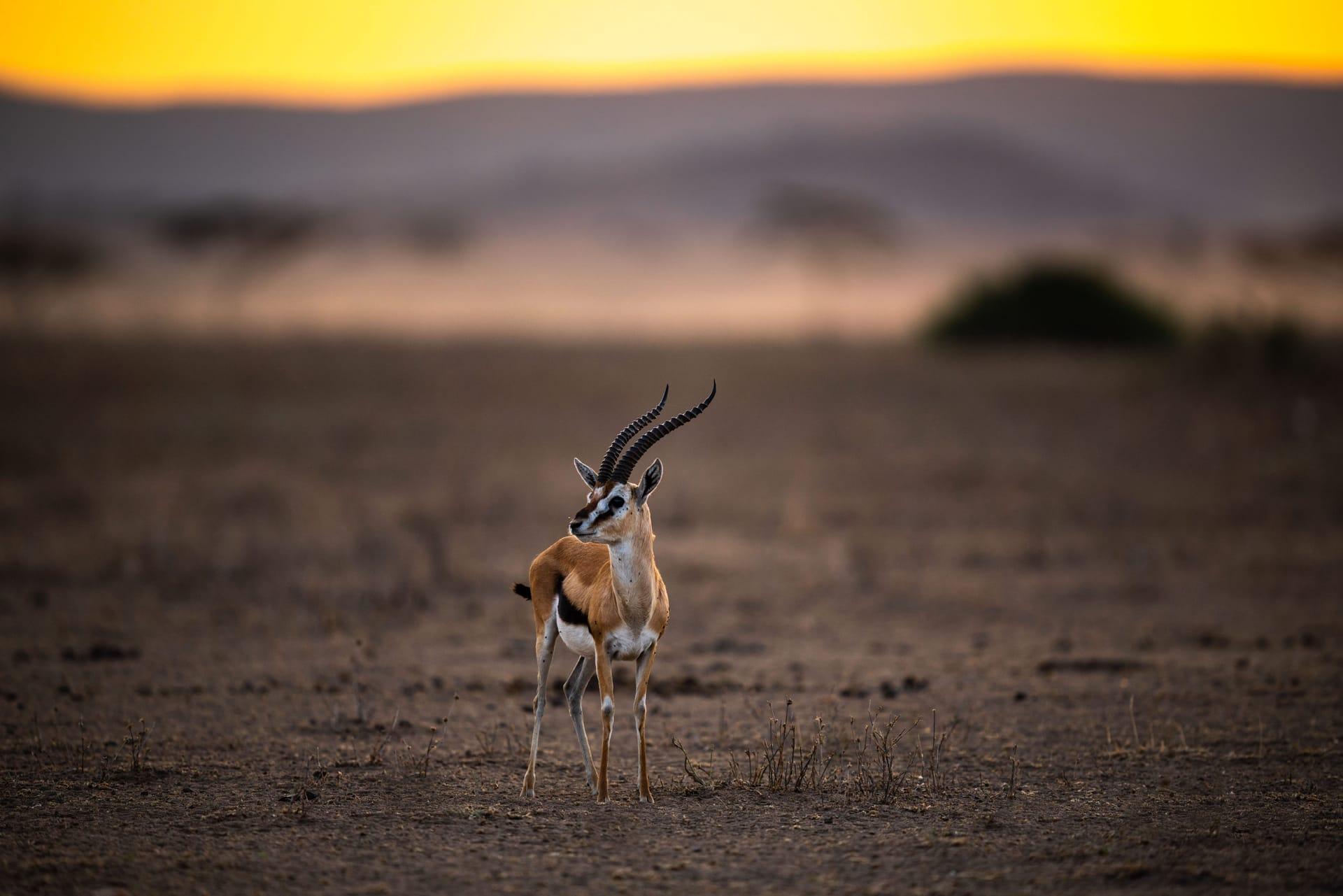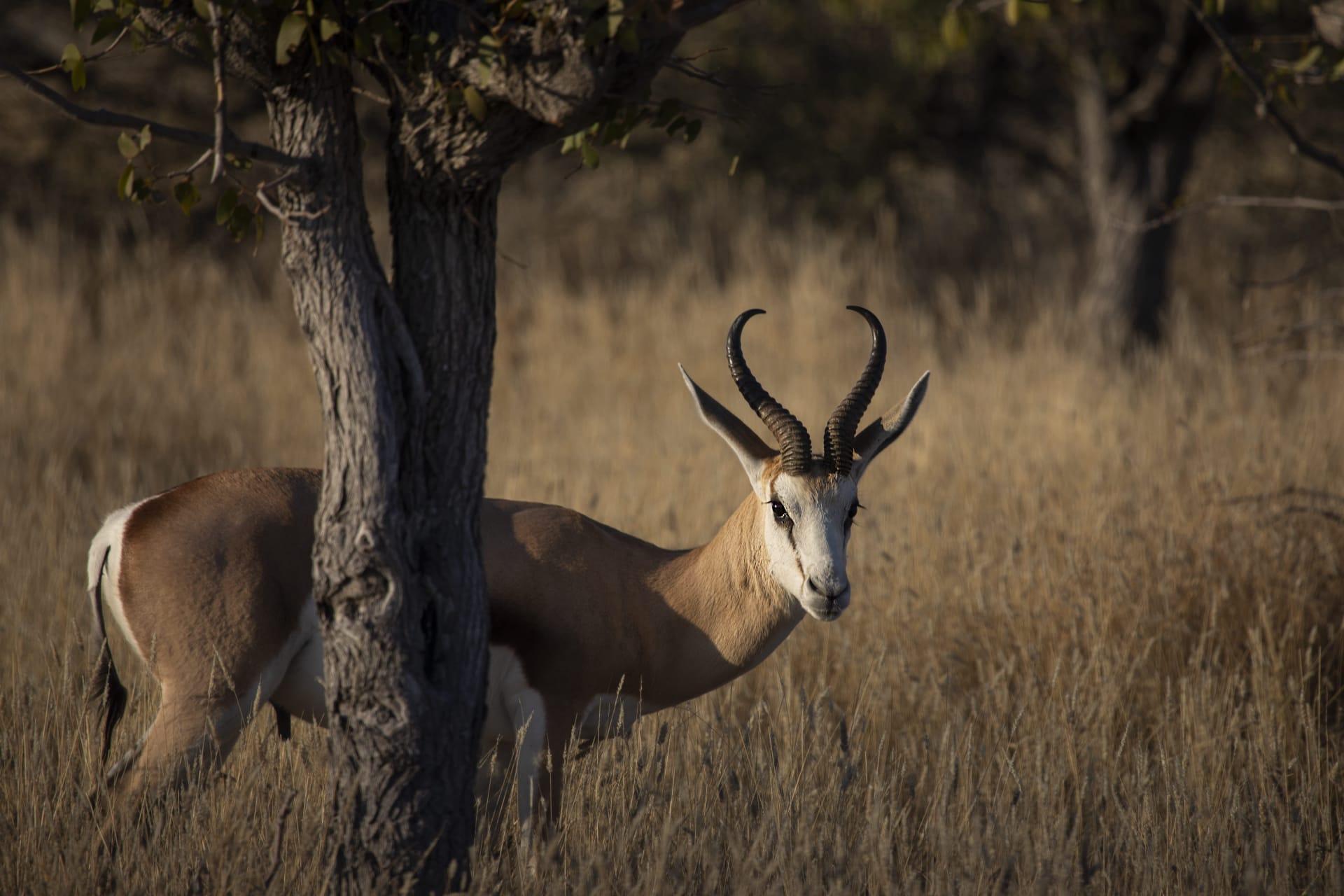Gazelle Characteristics
- Home /
- Mini Encyclopedia /
- Animal /
- Gazelle Characteristics
1
Gazelles, known for their slender build and elegant form, are medium-sized antelopes primarily found in the arid regions of Africa and Asia. They typically weigh between 20 to 35 kilograms, with a height of about 60 to 110 centimeters at the shoulder. Their lifespan in the wild ranges from 10 to 12 years, though this can extend up to 15 years in captivity. Gazelles are characterized by their long, slender legs and beautifully curved, ringed horns, which can grow up to 35 centimeters in length.
One of the most remarkable organs of a gazelle is its highly specialized liver. This organ plays a crucial role in their survival in arid environments. Unlike many other mammals, gazelles have a liver that can rapidly metabolize stored fats to produce water and energy. This adaptation allows them to go for extended periods without drinking, a vital trait for survival in habitats where water is scarce.

2
Question: Why are gazelles known for their exceptional speed and agility?
Answer: Gazelles possess a unique combination of physiological traits that contribute to their incredible speed, which can reach up to 60 to 70 kilometers per hour. Their lightweight, streamlined bodies, powerful hind legs, and hooves adapted for traction on various terrains enable them to execute quick, agile movements. This speed is not just for evasion; it's also a survival mechanism, helping them escape predators like cheetahs and lions. Moreover, gazelles exhibit a distinctive behavior known as 'stotting' or 'pronking', where they spring into the air with stiff legs, a display thought to signal their health and fitness to predators.

3
Gazelles are renowned for their exceptional running abilities. They can maintain speeds of 50 to 60 kilometers per hour over long distances and can sprint at even higher speeds when evading predators. This endurance and speed are facilitated by their muscular hindquarters and lean body structure. Their stride is both graceful and efficient, allowing them to cover significant ground with minimal energy expenditure.
In terms of feeding, gazelles are primarily grazers, though they occasionally browse on shrubs and trees. They feed on a variety of vegetation, including grasses, leaves, shoots, and fruits. Their diet is high in nutrients and low in fiber, which is efficiently processed by their specialized digestive system. This dietary flexibility helps them thrive in environments where food sources can be scarce or varied.

4
Gazelles inhabit a range of environments, from the savannas and grasslands of Africa to the arid deserts of the Middle East and Asia. They prefer areas with plentiful vegetation and open spaces that allow them to detect and flee from predators. While they can endure in arid conditions, they thrive best in areas with regular rainfall, which supports a steady supply of food.
Regarding reproduction, gazelles have a unique breeding system known as 'lekking', where males gather and compete for females by displaying their physical prowess and territory. Females, in turn, choose their mates based on these displays. Gestation lasts around six months, culminating in the birth of typically one fawn. The young are born well-developed and are able to stand and run within a few hours, a critical adaptation for survival in predator-rich environments.

5
Book: "The Elegance of Gazelles: An African Journey" by David Attenborough, published in the UK in 1998. This book takes readers on a vivid journey through the African savannas, exploring the life of gazelles in their natural habitat. Attenborough's detailed narration combines science with storytelling, delving into the gazelles' ecology, behavior, and the challenges they face in the wild.
Book: "Gazelles of the Desert" by Sarah Al-Hajji, published in Saudi Arabia in 2006. This work focuses on the Arabian Gazelle, offering insights into its behavior, habitat, and the conservation efforts in the Arabian Peninsula. Al-Hajji's research provides a comprehensive overview of the species, enriched with personal observations and photography, highlighting the gazelle's role in the region's ecosystem and culture.